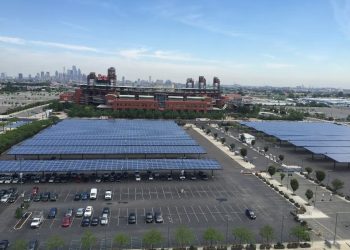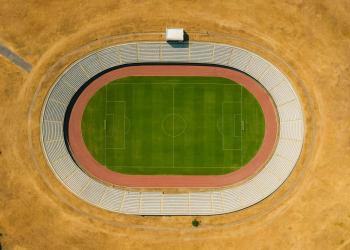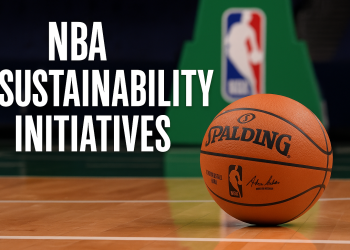Since launching NHL Green in 2010, the National Hockey League has embraced environmental responsibility, recognizing that hockey’s roots on frozen ponds and its reliance on clean water make sustainability essential. NHL Green has grown into one of the most ambitious sustainability programs in professional sports, supported by collaborations with environmental organizations and technology partners.
In 2014, the league became the first professional sports organization in North America to publish a comprehensive sustainability report that included a carbon footprint inventory. Since then, the NHL has set clear goals under its “Innovate, Transform, Inspire” strategy, focusing on carbon neutrality, renewable energy, water conservation, and waste reduction.
Among the league’s flagship projects is “Gallons for Goals,” which restores 1,000 gallons of water to the environment for every goal scored, totaling more than 88 million gallons to date. Another is the “Legacy Tree Project,” where a tree is planted for every player drafted, resulting in over 1,500 new trees in the last five years. Inside arenas, the adoption of LED lighting has significantly reduced energy use while enhancing the game-day experience.
To better track and manage its impact, the NHL developed a platform known as NHL Venue Metrics. This tool allows teams and arenas to measure and reduce their energy, water, waste, and carbon emissions. Collectively, this represents about 70 percent of the league’s environmental footprint.
Beyond technology, the NHL aligns its sustainability efforts with the United Nations Sustainable Development Goals, ensuring that its initiatives resonate with global standards. Through these actions, the league is preserving the natural conditions vital to the sport while inspiring fans, players, and communities to embrace a greener future.



















